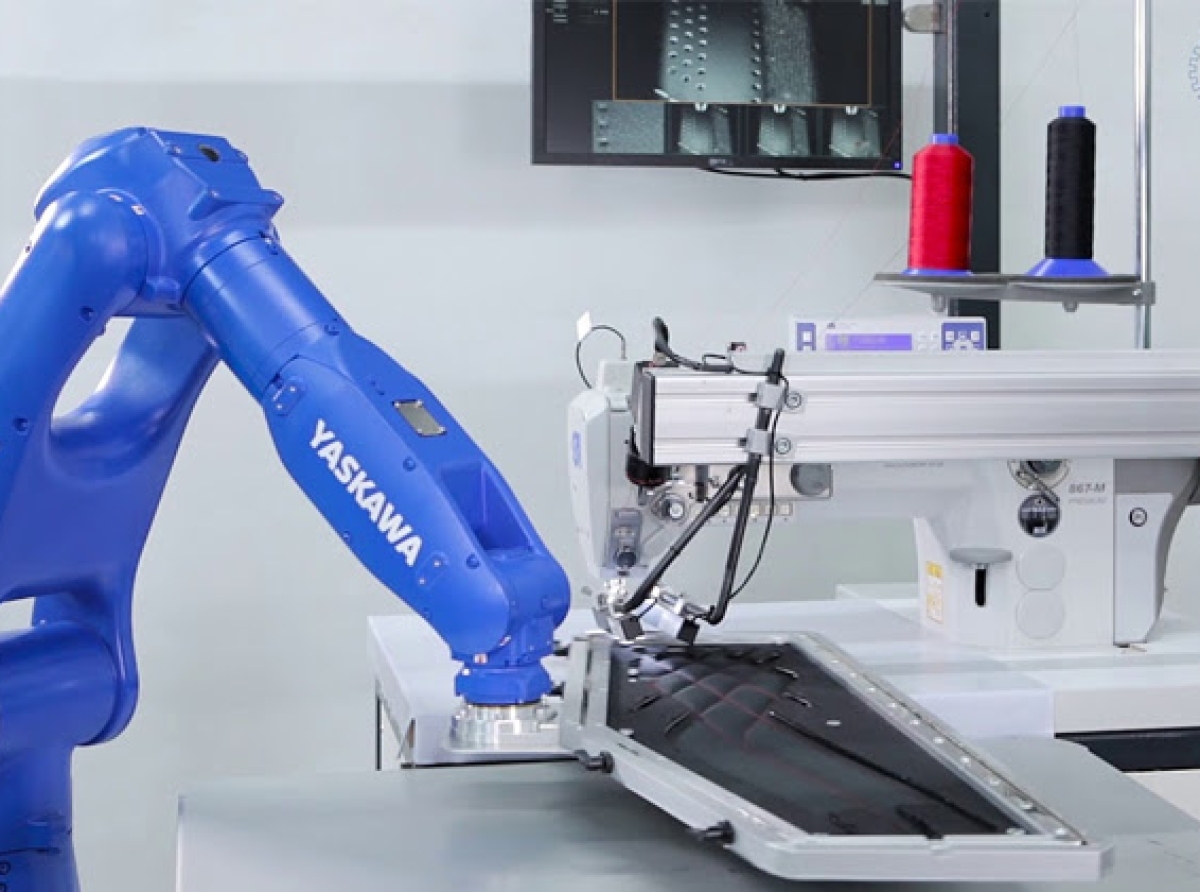14 June 2022, Mumbai:
Except for one, the usage of digital technology, no prediction could have worked for long in the past in terms of shifting the business environment throughout the supply chain for an industry as fragmented as fashion.
However, it required a pandemic like COVID-19 for the industry to see the need for technological innovation, especially in the garment industries, which desperately need quick transformation.

ALSO READ Smart Garments for Smarter Living
The truth is that no customer will pay more for factory-sourced items tomorrow than they did yesterday.
Furthermore, purchasers always look for improved efficiency and productivity at the plant level, failing which the firm would most likely lose business in this competitive era.
Product cycles have also decreased dramatically, from months to days, owing to increased consumption from more digitally-savvy customers across various channels, including online, offline, and omnichannel retailers.
Unlike in the past, when orders for fewer SKUs were made in large quantities in factories, today's end-consumer wants more design options and customized clothes, which means an order for a single SKU is not as large as it once was.
RELEVANT NEWS Future outlook for wearables strong as demand from smaller cities grows
This tendency must be considered when the term 'Future Smart Apparel Factory' is used. So, what effect will this tendency have on the supply chain?
More designs and fewer numbers of an SKU imply a more complicated supply chain and more challenging shopfloor procedures.
In such a scenario, there would be a more critical requirement for gathering information at the right moment and analyzing that information for future decision-making, Carlos Conde Bande, GM (Innovation and Experimentation, Li & Fung), explained.

RELEVANT NEWS The emergence of industry 4.0 technologies in 'Textiles & Apparels'
Rather than incorporating electronic gadgets into accessories such as watches or spectacles, the next step is to incorporate them into the clothing itself. As a result, the user will not need to carry an additional accessory and will be able to wear smart device features right on their clothing.
Designers and manufacturers have been attempting to affix these gadgets to the cloth directly. Despite the fact that the clothing-attached gadgets are sleek and smart, they nonetheless offer a number of issues.
RELEVANT NEWS India’s RMG Exports: 22.08% growth during April-May’22-23
Intelligent solutions are those advances that a factory needs to keep up with standards and make it cost-competitive in the genuine sense, not those technologies that require significant investments and may not be factory-friendly (depending on the scale of the facility).

RELEVANT NEWS FICCI Industry 4.0 awards & national conference on 5th May
Some factory owners fail to recognize that their plant's digital twin or digital component needs the same attention and care as the physical twin, despite an incredible span of various periods of industrialization and technological adaption.

Intelligent solutions and technology will be beneficial in these endeavors, and one must have a holistic perspective from the beginning of the supply chain to the finish. Wearable technology is one step ahead of smart fabrics.
With so many benefits, it's logical that people are interested in learning more about how these smart fabrics are manufactured. This is when things start to get a bit tricky. The early attempts to create smart fabrics were similar to how wearable technology is made.
Join our community on Linkedin

























